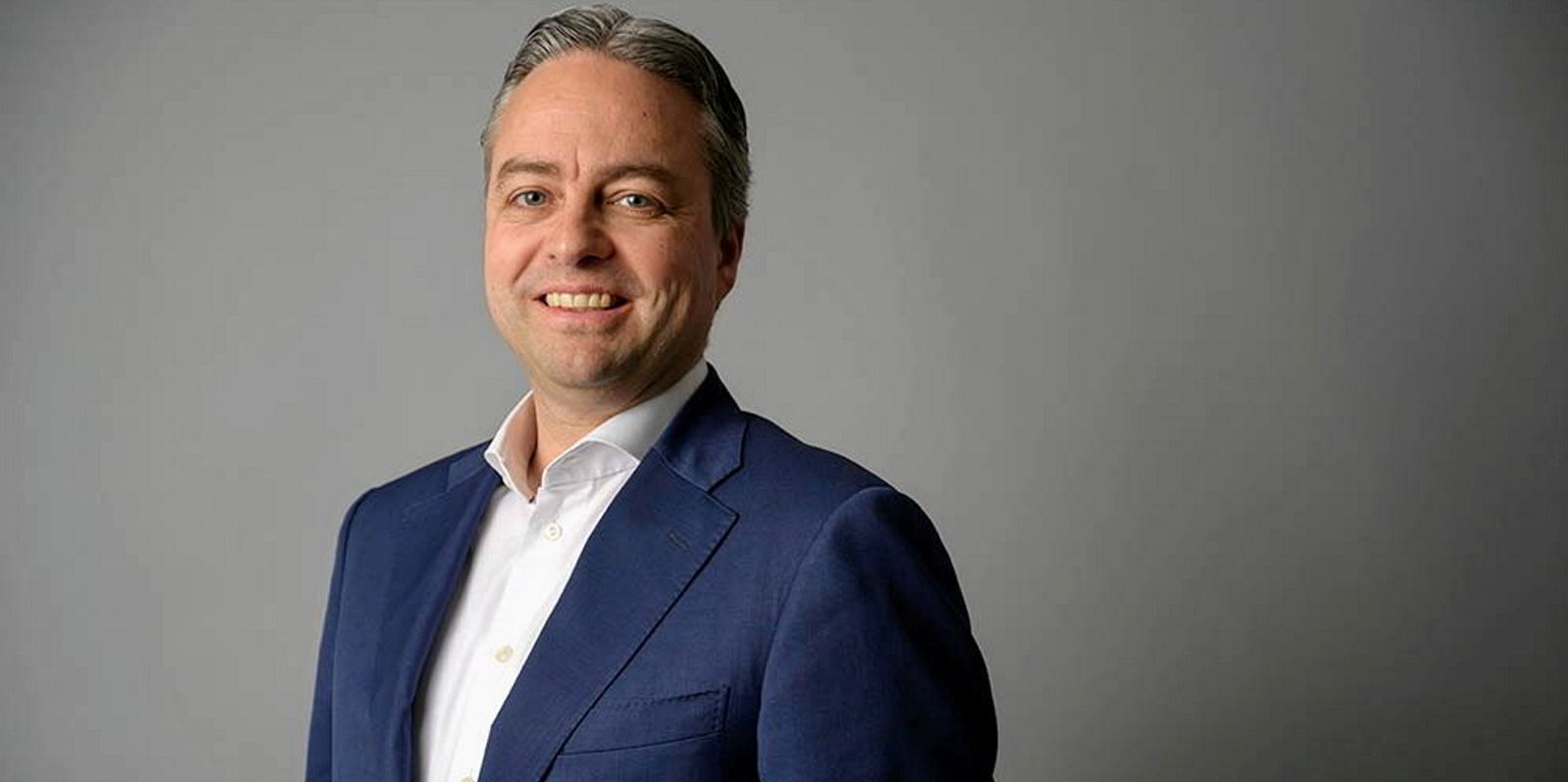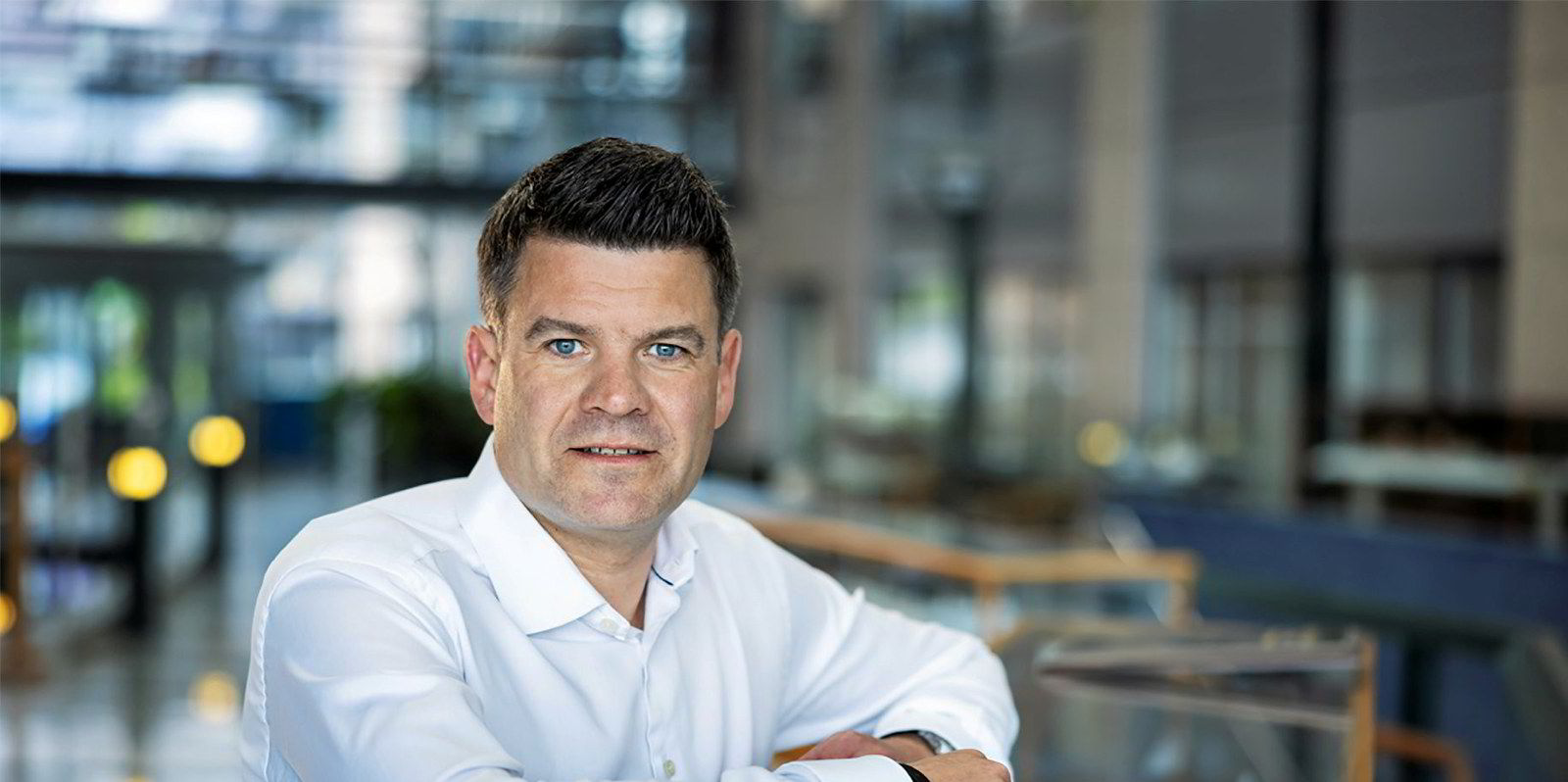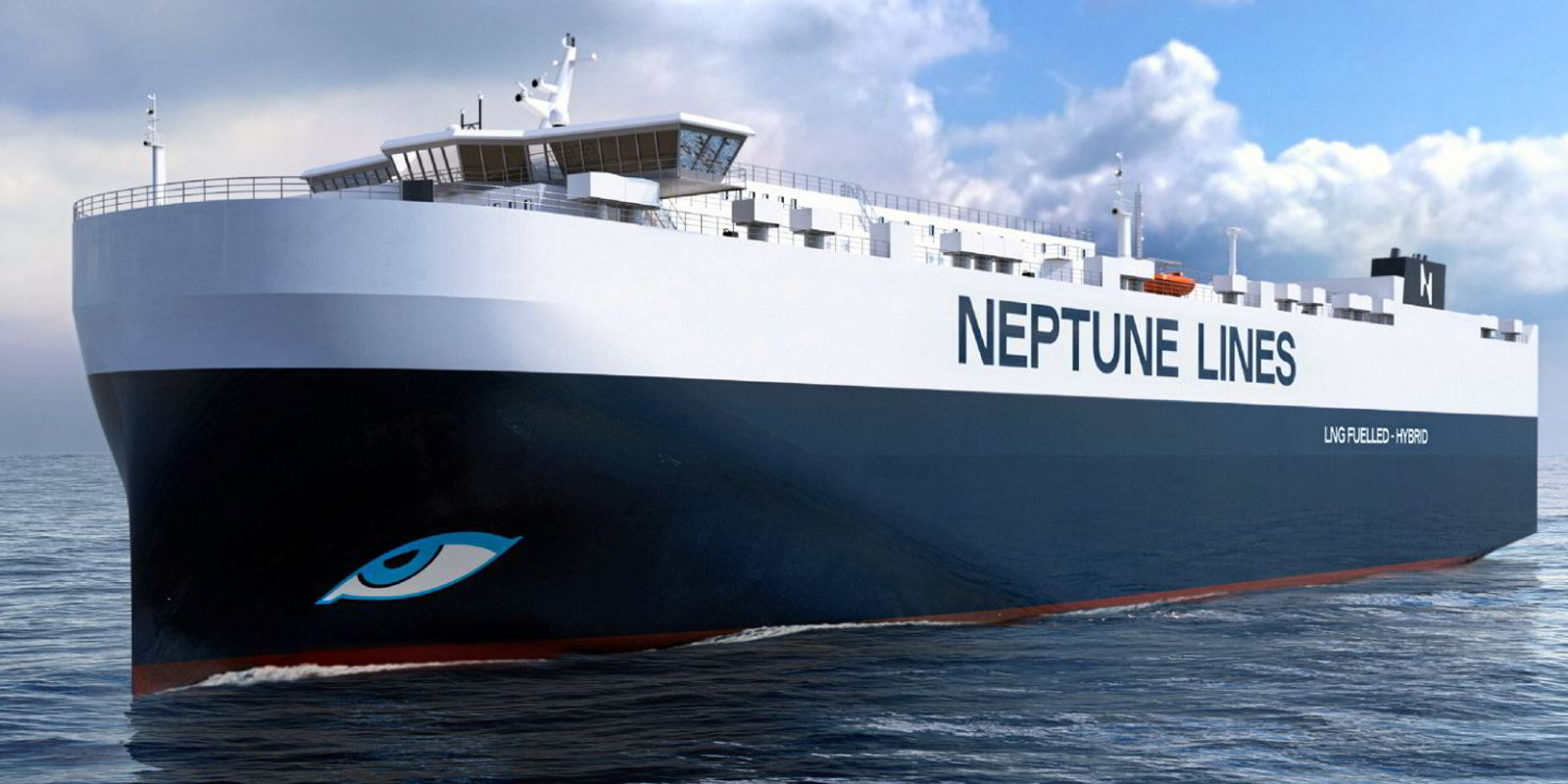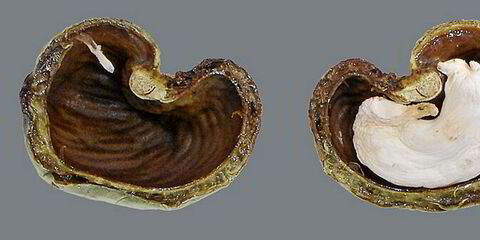Wallenius Lines has designs on a bigger role in the shipping industry.
For that, the Kleberg family-owned outfit tapped company lifer Erik Noklebye to take over as chief executive on 1 October, aiming for greater shipowning operations and pushing decarbonisation.
“There’s this notion that Wallenius Lines … [is] taking these ownership stakes because they want to drive long-term focus and they want to drive this environmentally focused operation for real,” Noklebye told TradeWinds.
“Not just investments in tech, but investments in people to really drive emissions reduction. That’s the purpose for existing here. I can really feel it.”
Noklebye had been running Wallenius Wilhelmsen Shipping in South Korea. A Norwegian national with a Swedish family, he moved to Sweden earlier this year in anticipation of taking on the role from Jonas Kleberg.
Kleberg, who will remain chairman at Wallenius Lines, is also chairman and chief executive at parent company Soya Group, which has various holdings including in real estate and agriculture.
“We needed more expertise and more leadership [in shipping] in the coming years,” said Noklebye.
As it stands, most of Wallenius Lines’ holdings come in the form of stakes in shipowning outfits: It owns half of United European Car Carriers and Wallenius SOL, while Soya Group owns over a third of the world’s largest car carrier owner, Wallenius Wilhelmsen.
It does not directly own any ships, but will next year when its two LNG-ready, 6,500-ceu pure car carriers under construction at Yantai CIMC Raffles hit the water.
They will be the first ships Wallenius Lines has owned since selling a trio of ships to affiliate American Roll-on Roll-off Carrier in 2019 and sending two others to the breakers, according to data from VesselsValue.
Noklebye admits LNG is perhaps not the fuel of the future, but said it is part of the industry’s 20-year transition.
He believes strongly the existing fleet needs to be retrofitted with emissions-slashing technology and begin focusing on operational efficiency to meet increasingly stringent environmental regulations. The current fleet, he said, will still be trading for the foreseeable future.
That is where another Wallenius Lines holding — a wingsail joint venture with AlfaLaval called AlfaWall Oceanbird — could play a role.
Noklebye said the company was developing two rigs, one on land and one on sea and expects them to be assembled for testing next year, with retrofits the company’s top priority.
“That concept is good and that vessel will be built in a few years,” he said of a wind-powered ship with a main engine for support. “But it will be a long time before we get enough of those to really drive emission reductions.”
Noklebye added that a discussion needs to be had with car carrier customers over demand on transit times to solve the “hurry up and wait” problem, where ships sail quickly to their destinations, only to wait at ports to discharge.
He said improved planning, including data sharing, can allow for slower speeds and could make wind power work.
“It’s just nuts to see how much we hurry up, emissions go up and then we wait,” he said.
“If that could be managed under one data flow and really optimised for allowing emissions reduction ... that would be a tremendous support.”






